
Ragtime is a 1981 American drama film directed by Miloš Forman, based on the 1975 historical novel Ragtime by E.L. Doctorow. The film is set in and around turn-of-the-century New York City, New Rochelle, and Atlantic City, and includes fictionalized references to actual people and events of the time. The film stars James Cagney, Mary Steenburgen, Howard Rollins, Brad Dourif, James Olson and Elizabeth McGovern, features the final film appearances of Cagney and Pat O'Brien, and features early appearances in small parts by Jeff Daniels, Fran Drescher, Samuel L. Jackson, Ethan Phillips and John Ratzenberger.
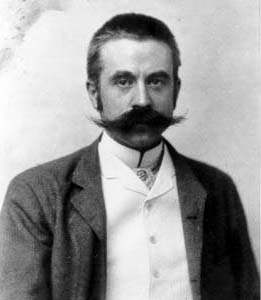
Stanford White was an American architect. He was also a partner in the architectural firm McKim, Mead & White, one of the most significant Beaux-Arts firms. He designed many houses for the rich, in addition to numerous civic, institutional, and religious buildings. His temporary Washington Square Arch was so popular that he was commissioned to design a permanent one. His design principles embodied the "American Renaissance".
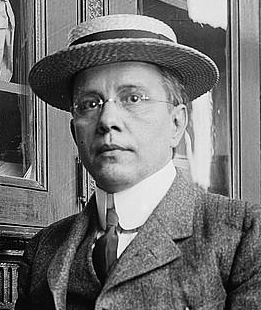
Harry Kendall Thaw was the son of American coal and railroad baron William Thaw Sr. Heir to a multimillion-dollar fortune, the younger Thaw is most notable for murdering the renowned architect Stanford White in front of hundreds of witnesses at the rooftop theatre of New York City's Madison Square Garden on June 25, 1906.

Evelyn Nesbit was an American artists' model, chorus girl, and actress. She is best known for her career in New York City, particularly her involvement in an abusive and ultimately deadly love triangle between railroad scion Harry Kendall Thaw and architect Stanford White, which resulted in White's murder by Thaw in 1906.
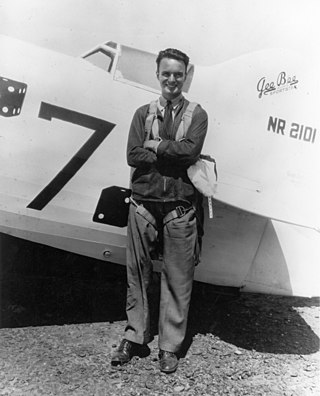
Russell William Thaw was an American airplane pilot. While working as the chief pilot for the Guggenheim family, he was sponsored for air races and excursions. He served during World War II in the United States Army Air Force, and later became a test pilot for the Douglas Aircraft Company in California. In 1948 he was the first person to fly the Douglas XF3D-1.

Richard Grant White was one of the foremost literary and musical critics of his day. He was also a prominent Shakespearean scholar, journalist, social critic, and lawyer. He was born and died in New York City.

The Neil Simon Theatre, originally the Alvin Theatre, is a Broadway theater at 250 West 52nd Street in the Theater District of Midtown Manhattan in New York City. Opened in 1927, the theater was designed by Herbert J. Krapp and was built for Alex A. Aarons and Vinton Freedley. The original name was an amalgamation of Aarons's and Freedley's first names; the theater was renamed for playwright Neil Simon in 1983. The Neil Simon has 1,467 seats across two levels and is operated by the Nederlander Organization. Both the facade and the auditorium interior are New York City landmarks.
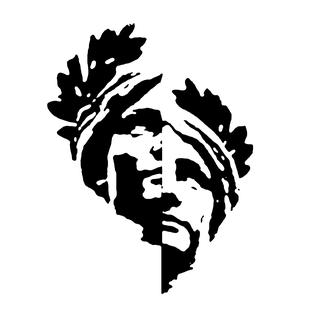
The Varsity Show is one of the oldest traditions at Columbia University. Founded in 1893 as a fundraiser for the university's fledgling athletic teams, the Varsity Show now draws together the entire Columbia undergraduate community for a series of performances every April. Dedicated to producing a unique full-length musical that skewers and satirizes many dubious aspects of life at Columbia, the Varsity Show is written and performed exclusively by university undergraduates. Various renowned playwrights, composers, authors, directors, and actors have contributed to the Varsity Show, either as writers or performers, while students at Columbia, including Richard Rodgers, Oscar Hammerstein II, Lorenz Hart, Herman J. Mankiewicz, I. A. L. Diamond, Herman Wouk, Greta Gerwig, and Kate McKinnon.

Edna Goodrich was an American Broadway actress, Florodora girl, author, and media sensation during the early 1900s. At one point, she was known as one of America's wealthiest and best dressed performers. She was married to Edwin Stacey of Cincinnati, Ohio, and later Nat C. Goodwin.

The Girl in the Red Velvet Swing is a 1955 American film directed by Richard Fleischer from a screenplay by Walter Reisch and Charles Brackett, and starring Joan Collins, Ray Milland, and Farley Granger. The CinemaScope film was released by Twentieth Century-Fox, which had originally planned to put Marilyn Monroe in the title role, and then suspended her when she refused to do the film.

Maude Fulton was an American actress, playwright, stage director, theater manager, and later a Hollywood screenwriter.
The Garden Theatre was a major theatre on Madison Avenue and 27th Street in New York City, New York. The theatre opened on September 27, 1890, and closed in 1925. Part of the second Madison Square Garden complex, the theatre presented Broadway plays for two decades and then, as high-end theatres moved uptown to the Times Square area, became a facility for German and Yiddish theatre, motion pictures, lectures, and meetings of trade and political groups.

Ragtime is a musical with music by Stephen Flaherty, lyrics by Lynn Ahrens, and a book by Terrence McNally. It is based on the 1975 novel of the same name by E.L. Doctorow.
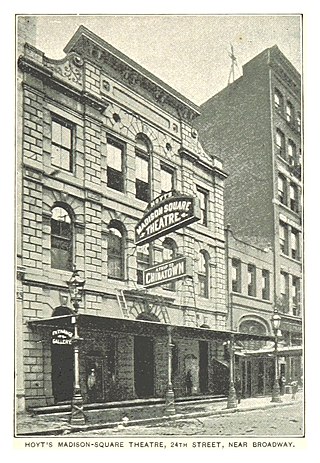
The Madison Square Theatre was a Broadway theatre in Manhattan, on the south side of 24th Street between Sixth Avenue and Broadway It was built in 1863, operated as a theater from 1865 to 1908, and demolished in 1908 to make way for an office building. The Madison Square Theatre was the scene of important developments in stage technology, theatre design, and theatrical tour management. For about half its history it had other names including the Fifth Avenue Theatre, Daly's Fifth Avenue Theatre, Hoyt's Madison Square Theatre, and Hoyt's Theatre.

Edgar Allan Woolf was an American lyricist, playwright, and screenwriter. He is best known as the co-author of the script for the 1939 film The Wizard of Oz.
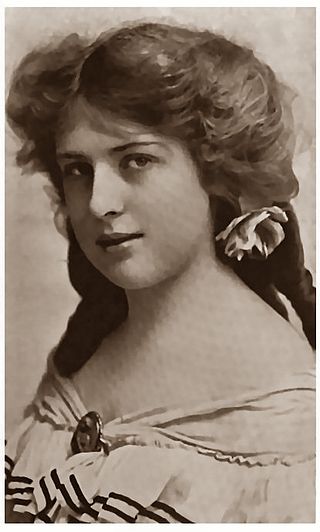
Edna McClure was an American actress whose brief career on Broadway was overshadowed by a sensational murder case and later a tragic family dispute.
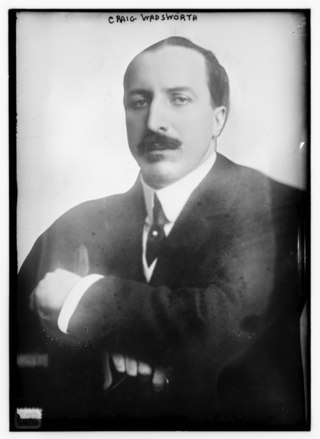
Craig Wharton Wadsworth was a diplomat, steeplechase rider, and member of Theodore Roosevelt's Rough Riders.
William Hammerstein was an American theater manager. He ran the Victoria Theatre on what became Times Square, Manhattan, presenting very popular vaudeville shows with a wide variety of acts. He was known for "freak acts", where celebrities or people notorious for scandals appeared on stage. Hammerstein's Victoria Theatre became the most successful in New York.

Mazie Follette was an American dancer, actress, vaudeville performer, and Florodora girl. She also wrote poetry, and was a witness in the murder trial of Harry Kendall Thaw.
The Follies of 1907 is a 1907 musical revue which was conceived and produced by Florenz Ziegfeld Jr. The first of several theatrical revues that are collectively known as the "Ziegfeld Follies", the work contained songs material written by a variety of individuals; including music by Seymour Furth, E. Ray Goetz, Gus Edwards, Billy Gaston, Jean Schwartz, Silvio Hein, Matt Woodward and Gertrude Hoffman; and lyrics by Vincent Bryan, Edgar Selden, Will D. Cobb, Billy Gaston, William Jerome, Matt Woodward, Martin Brown and Paul West. Harry B. Smith authored the words for the comedic and dramatic sketches used in-between the musical numbers; as well as serving as head lyricist. Herbert Gresham staged the production and Max Hoffman, Sr. served as the musical director.